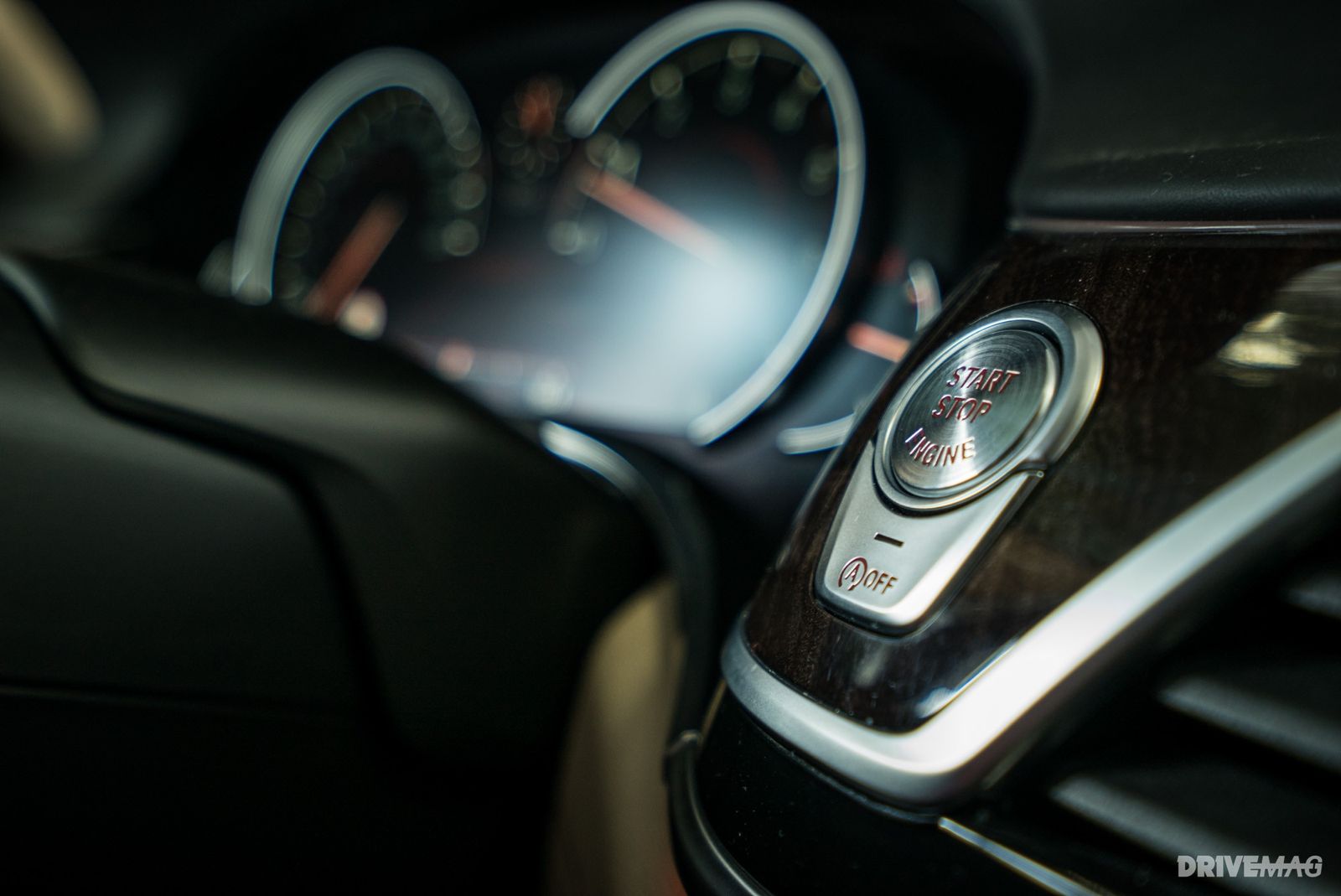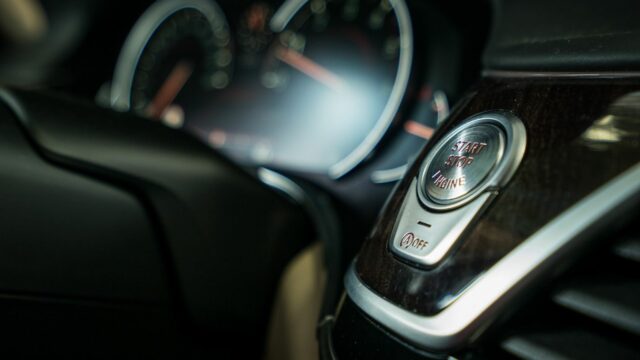Some say a definite ‘yes,’ while others (and by others we mean the automakers) are adamant no mechanical harm occurs

Nearly all new cars nowadays come with some form of stop-start that is said to cut fuel consumption and emissions… by cutting the engine altogether. It’s obviously quite sound in principle, because since there is no engine running, no fuel being burnt and in turn no harmful gases are being pumped out. However, you don’t need much mechanical knowledge to understand this means your engine will have to start much more frequently than before, and is thus prone to more wear.
And yet, there seems to be a lot of mythology surrounding the stopping and restarting of engines, and maybe just the sole fact that manufacturers have en masse adopted the system on all models means it’s all baloney. I’m sure you’ve heard about the myth that you have to keep your engine off for sixty seconds after you’ve shut it down, before you turn it on again; nobody ever takes the time to explain the intricacies of these things, but they sound sensible enough so we abide by them anyway…
Maybe sensible suggestions like the one above (there are many more variations of it) are remnants of a time (many decades ago) when overall engine quality was lower and these things had a greater impact on reliability over a shorter time span. Maybe manufacturers have figured out how to prevent frequent stopping and starting from becoming that big of a problem, especially since cars nowadays seem more disposable then they did, say, before plastic became so widely used and reused in the industry.
Even so, you can’t escape physics and fluid dynamics, as well as the negative effect that metal-on-metal action has on internals like camshafts, crankshafts or pistons when and if they’re not properly lubricated.
It’s documented that when an internal combustion engine starts (especially when cold), there is a brief period when not all internals are lubricated (before pumps are set in motion and then move the oil around) – this, in the field of physics, is known as ‘boundary condition.’
If you drive an older car which you’ve left sitting for weeks, you can even hear the engine running roughly and sounding clattery for the first few rotations, before oil reaches all internal crevices, lubricating everything as it should. This may not be audibly noticeable in a newer vehicle, but that’s not to say it doesn’t happen, since it’s unavoidable the all engines are designed.
Manufacturers do guarantee that cars with stop-start fitted will suffer no reliability gripes for their foreseen active duties. Cars with start-stop get upgraded alternators, starters and batteries, but these don’t have anything to do with internal wear, they just increase the ruggedness of said components (which may be used even 10x more often than in a car with no stop-start) and that’s about it.
In case you were wondering, it all started with the early 1970s Toyota Crown sedan, which had a very rudimentary electronic device that cut the engine when the vehicle was stationary for over 1.5 seconds. Fiat also tried in the 1980s, with its Regata ES sedan that came with a “City-matic system,” although it was VW that used it most successfully, first in 1994’s Golf Ecomatic, then improving it for the ultra-frugal Lupo 3L and Audi A2 3L versions.
Returning to contemporary times, another area of concern, this one considerably more legitimate, has to do with turbochargers. The sensible thing to do with turbocharged engines is to keep them running for a bit not necessarily just after start, but rather after you’ve completed your journey and you’d want to switch it off. It’s genuinely very bad for an engine (any engine) to be turned off with red-hot turbo(s) and this is an area where stop-start could really do some damage.
The turbo needs to be allowed a spooldown period, while all of the car’s juices (oil and coolant) are still flowing; it’s as simple as that, and if you keep this tip in mind, it will increase the longevity of your turbocharged car, regardless of age or complexity level.
And there’s proof to back this up: Fiat 500 TwinAir owners reported completely failed turbos caused exactly by the stop-start system killing the engine after hard driving. In the case of the Fiat, it’s recommendable to keep the 875cc TwinAir unit running for at least another 30 seconds after you’ve arrived, or more than that if you’ve completed an ascent up a mountain road, or a spritely drive where you did a lot of revving and pushing.
Some automakers, like BMW, have done more to increase reliability with constant stop-start use, like fitting models with an integrated (brushless) started-generator (or ISG in place of both starter and alternator), on-demand (electric) oil and water pumps, as well as engine and transmission oil pre-heaters. This, on top of using ceramic bearings for the turbochargers themselves in order to really minimize wear – not all cars have this, and you should check to see how many of these systems come fitted to your own stop-start-equipped car.
The bottom line is that it’s hard to ignore those sensible age-old tips as they will definitely not hurt your engine (quite the contrary). It’s also important to note manufacturers’ different approaches to making stop-start safe for long-term use, as not all are currently up to BMW’s level; not even all BMW’s have all the gadgets from the above paragraph – a 118i, for instance, lacks the ISG.
And remember, this is not new technology, as it’s been proposed and used for nearly half a century now. It now became such a big fad in the quest to post an ever-smaller claimed fuel consumption number on the windscreen sticker, relying on numbers supplied in a laboratory where tests are run specifically to wring out the most out of the system (e.g. you will never be able to use the system as efficiently as they did when they tested it).
So, unless you are sure of your car having the aforementioned slew of possible upgrades for stop-start-enabled engines, you might as well just switch off the system, until you reach a rail crossing or any other place that actually requires significant minutes-long wait times.
